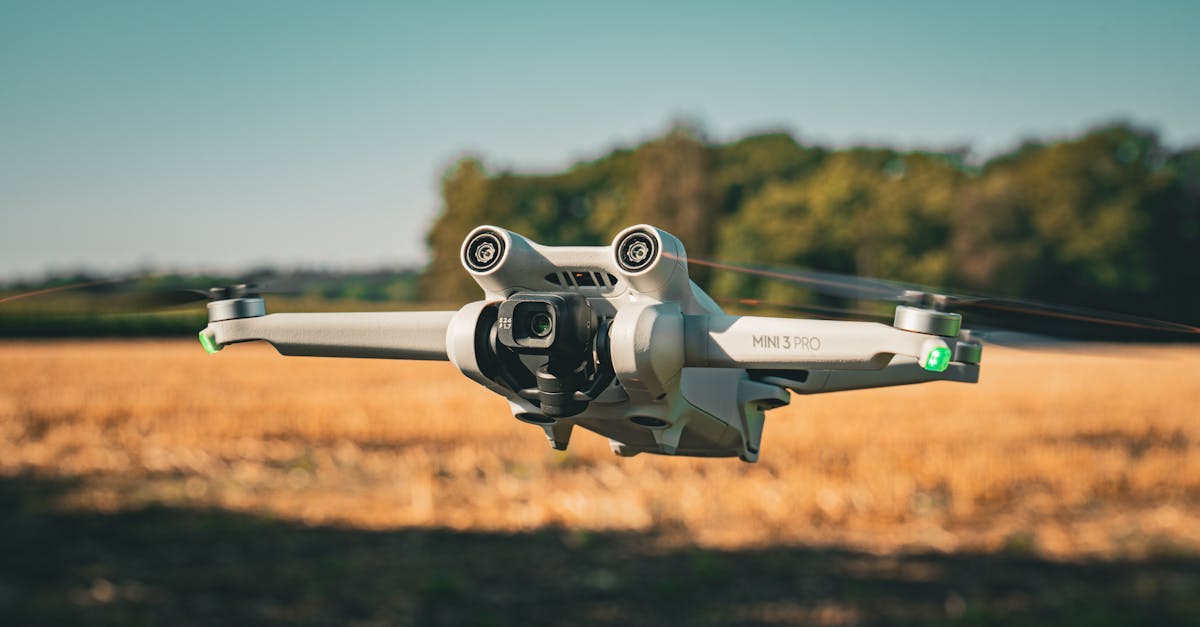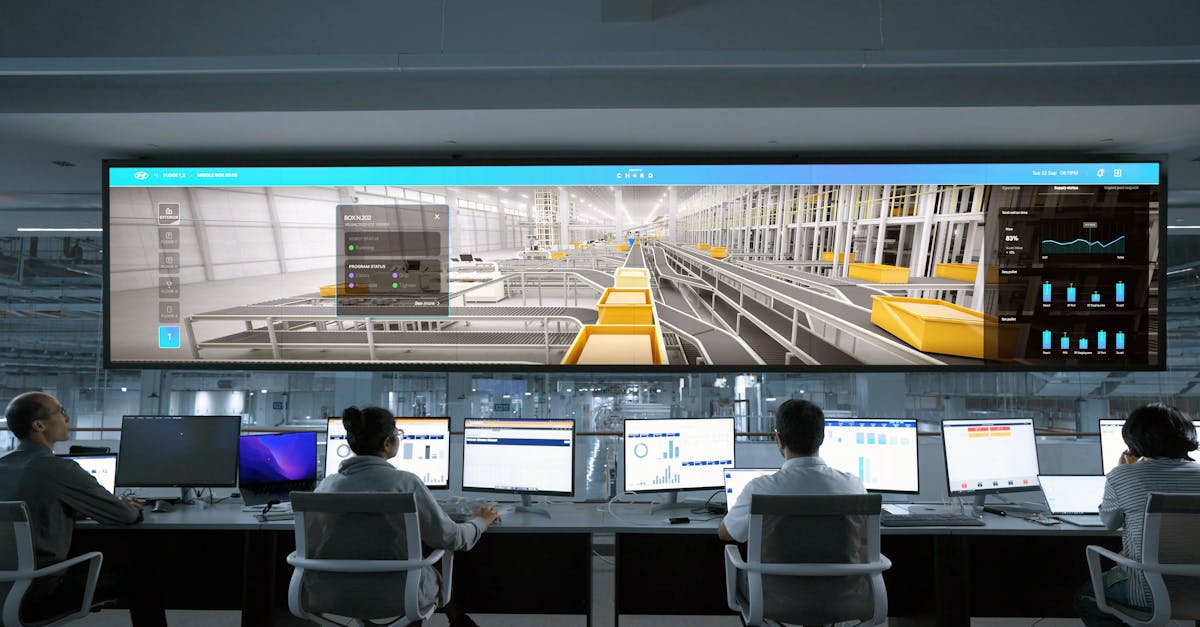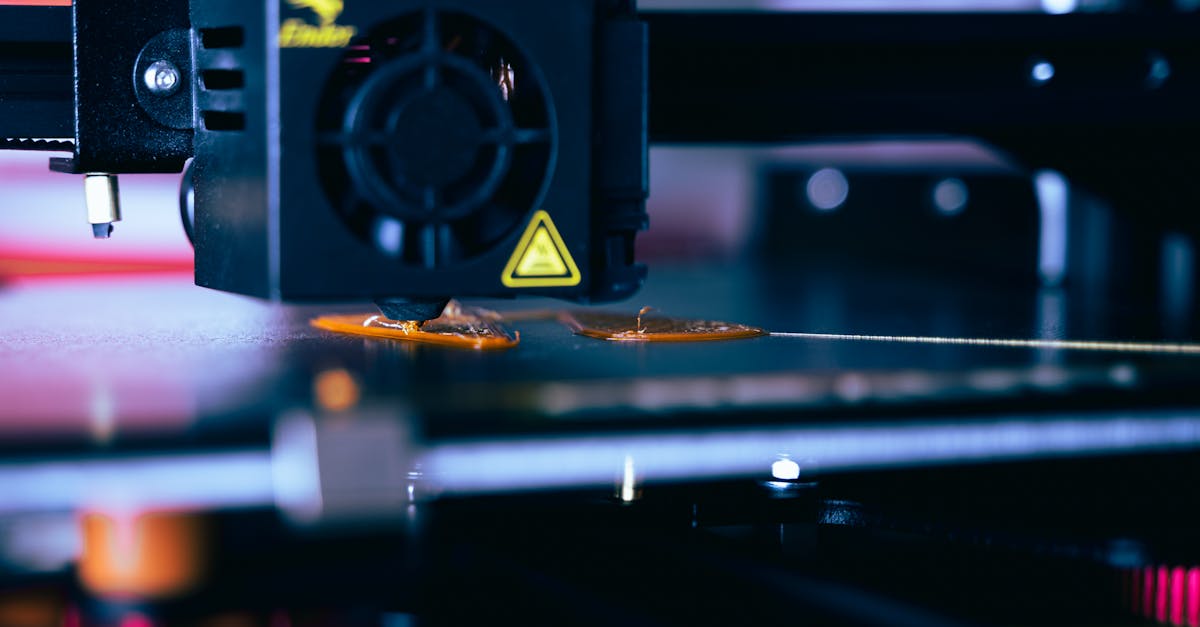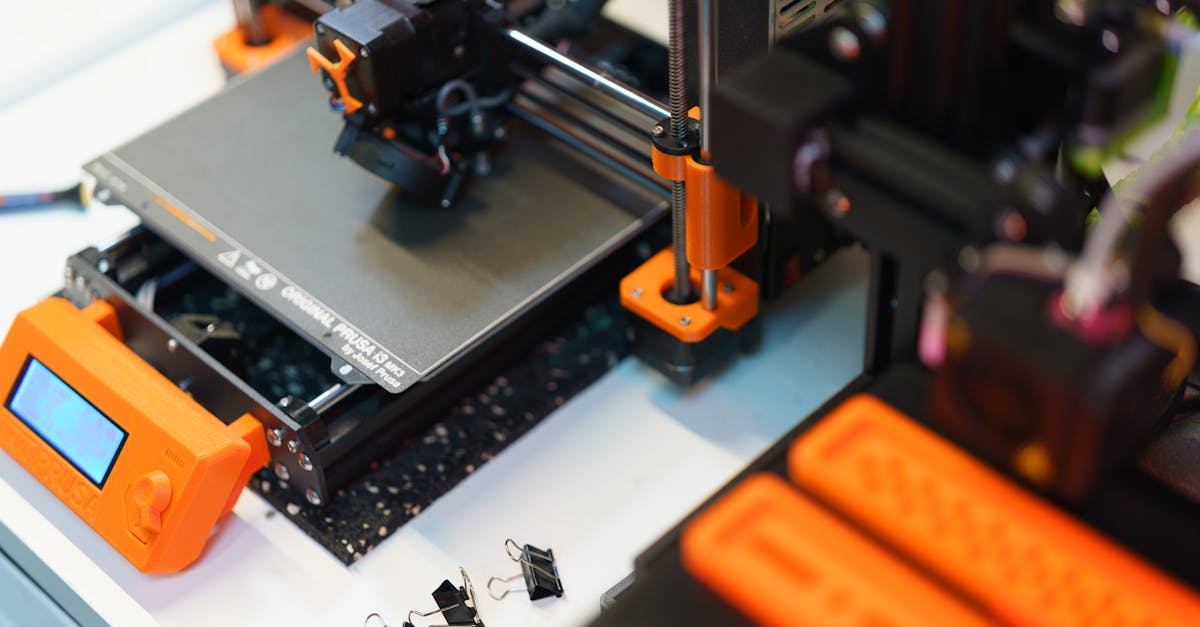Cybersecurity Protecting Industrial Systems Critical Infrastructure
Introduction to Cybersecurity in Industrial Systems
In today's digital age, industrial systems form the backbone of global infrastructure, powering everything from energy grids to manufacturing plants. Security within these systems is of paramount importance, primarily because disruptions can have widespread implications. Cybersecurity in industrial settings addresses the safeguarding of critical infrastructure against malicious attacks and technical failures. As devices become more interconnected, the risk of cyber threats increases, necessitating stringent security measures. The sophistication of these cyber threats requires constant vigilance and advanced defense mechanisms. Understanding the importance and strategies for implementing cybersecurity in industrial systems is essential for ensuring operational safety and efficiency.
Advertisement
The Importance of Cybersecurity
Critical infrastructure sectors such as energy, water, transportation, and communication are integral to national security, economic stability, and public health. Any disruption, intentional or accidental, can result in significant economic and societal harm. As adversaries become more adept at exploiting vulnerabilities in industrial control systems (ICS), the need for cybersecurity becomes more urgent. Beyond protecting individual systems, cybersecurity ensures the integrity, availability, and reliability of vital services. Lax security could lead to data breaches, physical damages, and even endanger public safety. The burgeoning Internet of Things (IoT) further amplifies risks with increased connectivity.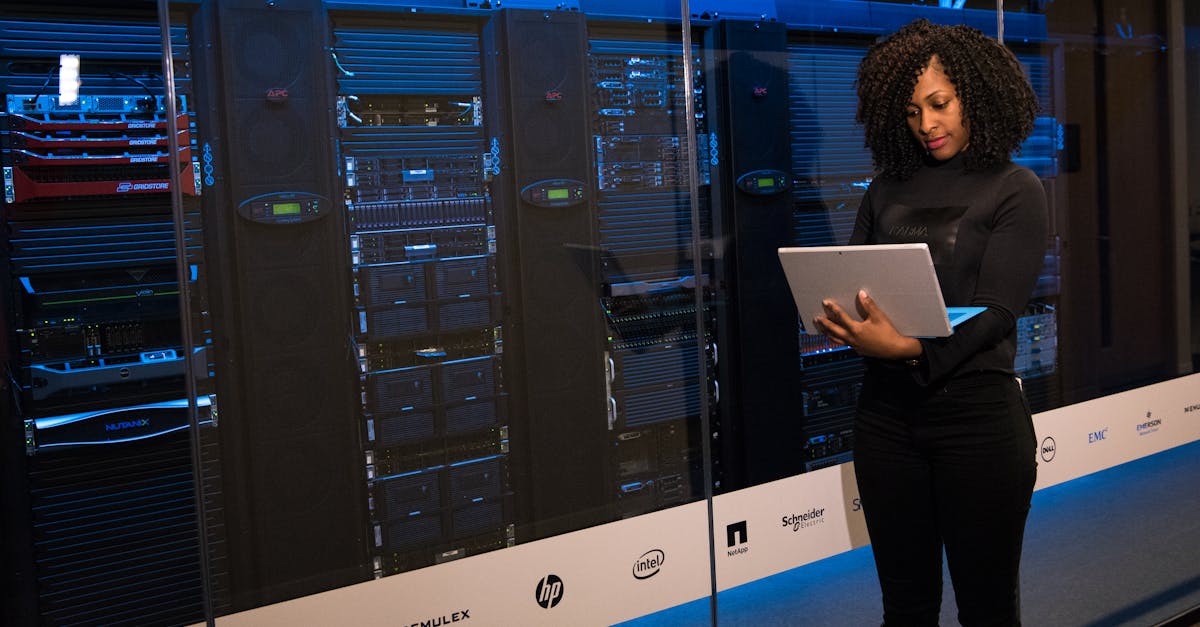
Advertisement
Challenges in Securing Industrial Systems
Securing industrial systems presents unique challenges distinct from traditional IT systems. Many industrial systems were designed with efficiency and connectivity in mind but often lack strong security features. Legacy systems, common in industrial environments, are particularly vulnerable as they were not originally built with cybersecurity in mind. A lack of standardized security protocols across industries further complicates protection efforts. Moreover, the integration of operational technologies (OT) with information technologies (IT) can introduce new vulnerabilities. With human error being a significant factor in cyber incidents, continuous employee training is vital to maintaining security.
Advertisement
Common Threats to Industrial Systems
Threat actors targeting industrial systems vary widely, including cybercriminals, nation-states, and malicious insiders. Ransomware attacks, where data is encrypted by the attacker until a ransom is paid, can be particularly devastating to critical infrastructure. Phishing attempts that deceive employees into revealing sensitive information are prevalent. Distributed Denial of Service (DDoS) attacks can disable services by overwhelming systems with traffic. Additionally, advanced persistent threats (APTs) involve prolonged and targeted cyberattacks, often by national actors intent on espionage or sabotage. Understanding these threats is crucial for implementing effective defenses.
Advertisement
Technological Solutions for Enhanced Security
Implementing robust cybersecurity measures requires a multi-layered approach. Firewalls and intrusion detection systems (IDS) help in monitoring and filtering potentially malicious traffic. Encryption ensures that sensitive data remains secure during transmission across networks. Network segmentation can limit the spread of cyber threats by partitioning critical components. The use of artificial intelligence (AI) and machine learning helps in identifying anomalies and anticipating attacks in real-time. Regular software updates and patches address vulnerabilities that attackers might exploit. Collaborative efforts between governments, industries, and tech companies are vital for creating resilient cybersecurity frameworks.
Advertisement
Regulations and Standards
A comprehensive regulatory environment is essential for advancing cybersecurity measures in industrial systems. Various frameworks, such as the National Institute of Standards and Technology (NIST) Cybersecurity Framework, provide guidelines for managing and reducing cyber risks. The implementation of sector-specific standards, like the International Electrotechnical Commission (IEC) standards for energy sectors, helps ensure tailored security approaches. Compliance with regulations not only prevents legal repercussions but also fosters trust with stakeholders. By adhering to these standards, organizations can build stronger defensive postures against cyber threats.
Advertisement
Role of Collaboration and Information Sharing
Effective cybersecurity in industrial environments relies heavily on collaboration and information sharing among stakeholders. Public-private partnerships serve as a platform for exchanging cybersecurity intelligence and best practices. Industry consortiums focus on technology development and sharing threat information. Sharing knowledge about threat indicators can help in collectively improving defense strategies. Additionally, collaborative research initiatives help in advancing security technologies tailored to industrial environments. However, trust and confidentiality remain crucial to successful information sharing, necessitating agreements that respect privacy and proprietary information.
Advertisement
Cybersecurity Culture and Training
A robust cybersecurity culture within organizations is integral to minimizing risks. This involves embedding security awareness into the organizational ethos so that every employee understands and appreciates its importance. Regular training sessions help in keeping staff informed about the latest threat landscapes and security protocols. Simulation exercises, such as "red team" drills, provide practical insights into potential vulnerabilities. Encouraging a proactive rather than reactive approach to cybersecurity can mitigate damage before an actual attack occurs. Promoting a culture of vigilance and responsibility ensures every team member contributes to the organization's security posture.
Advertisement
Future of Cybersecurity in Industrial Systems
As technology evolves, so too must the strategies and tools used to secure industrial systems. The advent of Artificial Intelligence of Things (AIoT) promises greater efficiency and automation, but also more sophisticated threat landscapes. Future advancements will likely involve more holistic security solutions integrating AI-driven analytics and real-time monitoring across all layers of infrastructure. Quantum computing may eventually disrupt traditional security paradigms, necessitating the development of quantum-resistant algorithms. Meanwhile, organizations need to stay agile, continuously evolving their cybersecurity strategies to adapt to new challenges and threats. Investing in the future of cybersecurity ensures the long-term integrity and resilience of industrial systems.
Advertisement
Conclusion
In conclusion, cybersecurity is an indispensable component of industrial systems, tasked with the critical role of safeguarding essential infrastructure. With threats becoming more sophisticated, a comprehensive and proactive approach to cybersecurity is paramount. Collaborative efforts and continuous advancements in technology underscore the resilience of industrial operations. Building a strong cybersecurity culture enhances both safety and trust, benefiting society at large. Ultimately, as industries harness technology for progress, robust cybersecurity measures ensure a secure, stable, and prosperous future.
Advertisement
